Nature never fails to surprise us with its creativity, especially when it comes to how animals adapt to their environments. While some creatures develop camouflage or become expert climbers, others take adaptation to an entirely new level. These adaptations can be strange, fascinating, and sometimes downright bizarre. Let’s dive into the wild world of evolution and explore 15 animal species that have evolved in some of the quirkiest ways imaginable. Grab your safari hat—this is going to be an adventure!
1. The Bombardier Beetle’s Explosive Chemistry
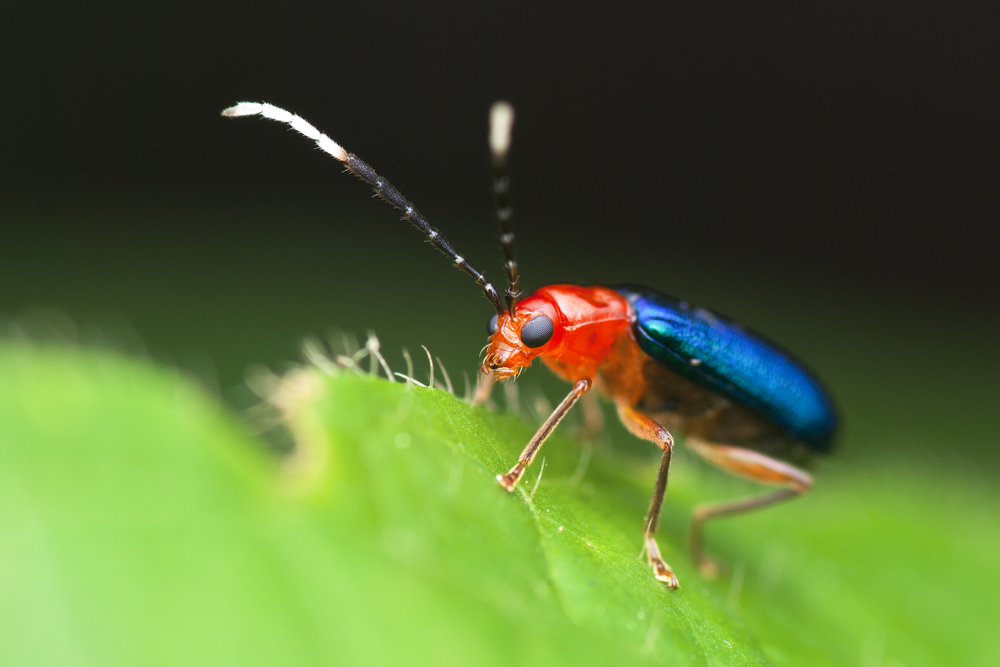
Imagine you’re a tiny beetle, and a hungry predator has just decided you’re its next snack. What do you do? If you’re the Bombardier Beetle, you respond by unleashing a chemical explosion from your rear end. According to the Natural History Museum, this beetle has a unique ability to mix two chemicals stored in its abdomen—hydroquinone and hydrogen peroxide—creating a boiling, noxious spray that can reach temperatures of up to 100°C. This sizzling concoction effectively deters predators, making them think twice before attempting a beetle buffet.
But it doesn’t stop there—the Bombardier Beetle can aim its explosive defense mechanism with surprising accuracy. It swivels its abdomen to direct the spray toward the attacker, ensuring maximum impact. And if that wasn’t impressive enough, the beetle can fire off multiple blasts in quick succession, like a tiny, six-legged artillery unit. This fascinating adaptation ensures that even the most daring predators approach with caution, knowing full well that they might get more than they bargained for.
2. The Octopus That Masters Magic
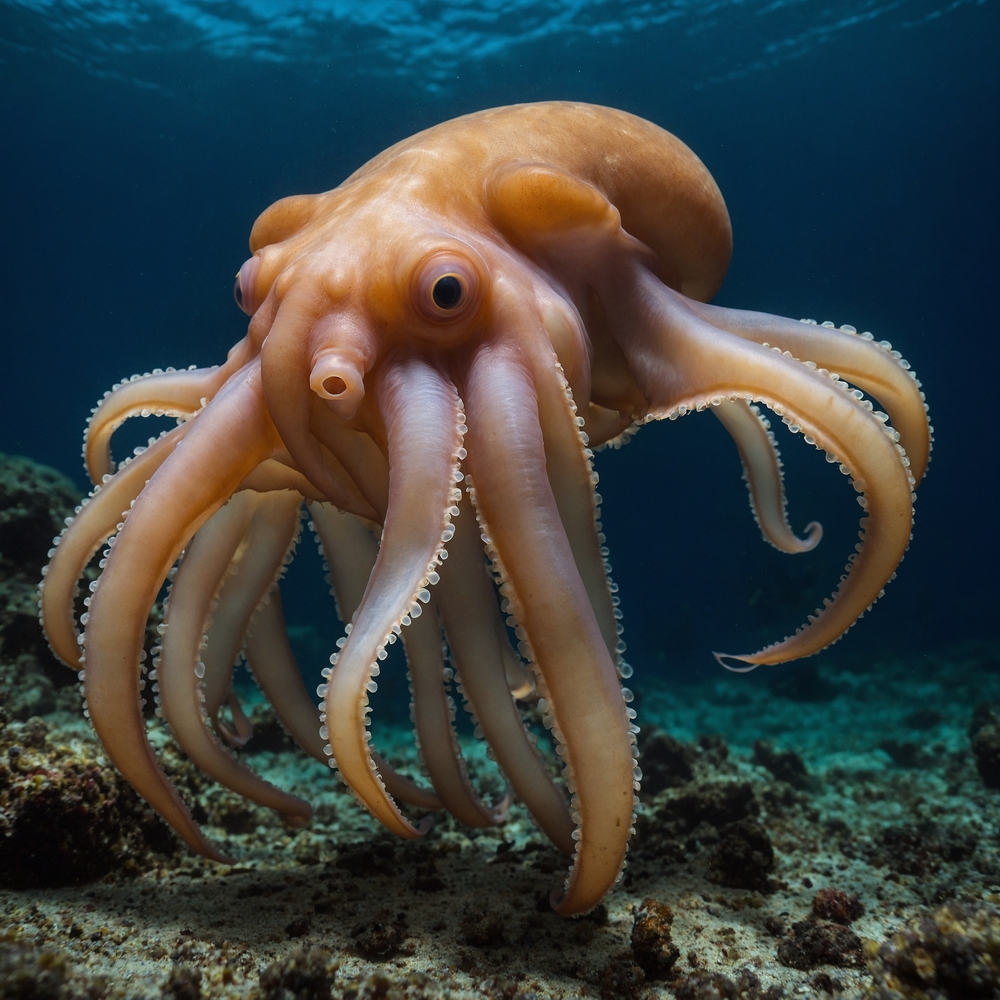
Octopuses are already known as the Houdinis of the sea, but the Mimic Octopus takes it to another level with its jaw-dropping ability to impersonate other sea creatures. As reported by National Geographic, this crafty cephalopod can change its color, shape, and behavior to mimic more than fifteen different animals, including lionfish, flatfish, and sea snakes. By adopting the appearance and movements of these venomous or otherwise dangerous creatures, the Mimic Octopus deters predators who think twice about messing with something they perceive as threatening.
This incredible ability is not only a defense mechanism but also a hunting strategy. By blending in with its surroundings or impersonating less preyed-upon species, the Mimic Octopus can sneak up on its unsuspecting victims. Its shape-shifting prowess makes it one of the ocean’s most versatile and cunning predators. Whether it’s avoiding predators or catching a meal, the Mimic Octopus showcases an adaptation that leaves anyone who witnesses it utterly mesmerized.
3. The Axolotl’s Lifelong Youth
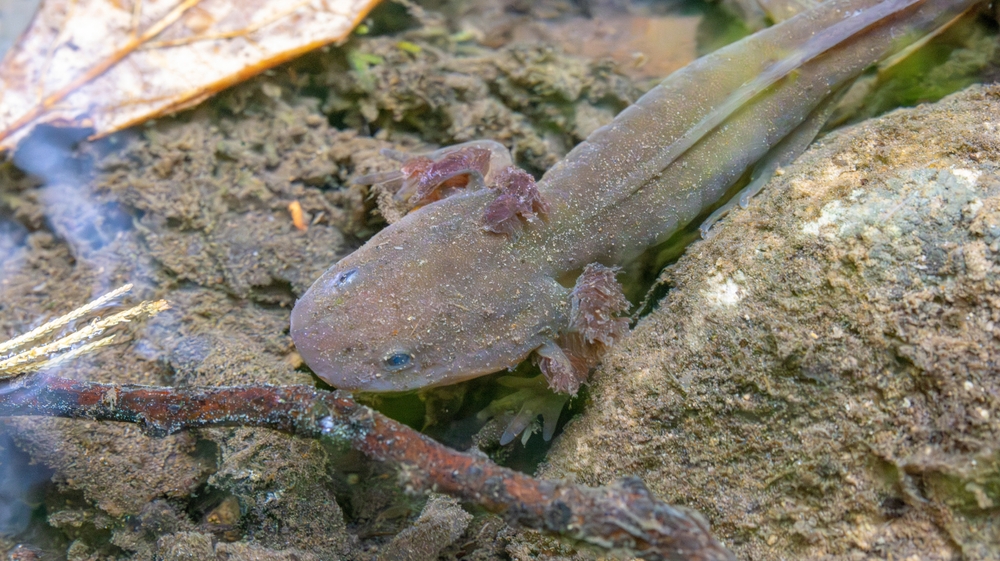
Meet the Axolotl, a creature that seems to have found the secret to eternal youth. Unlike most amphibians, this Mexican salamander never undergoes full metamorphosis and remains in its larval stage throughout its life. This peculiar trait is called neoteny, and it allows the Axolotl to retain its juvenile features, such as gills, while reaching maturity. Even more astounding is its extraordinary ability to regenerate not only limbs but also spinal cord, heart, and other vital organs if they get damaged.
This regenerative power is a focus of scientific research, as unlocking its secrets could revolutionize medicine and healing in humans. The Axolotl thrives in the canals and lakes of Mexico City, but its habitats are sadly dwindling due to urbanization and pollution. Conservation efforts are underway to preserve this incredible species and its remarkable adaptations. As scientists continue to study the Axolotl, it remains a symbol of both natural wonder and hope for the future of regenerative medicine.
4. The Antarctic Icefish’s Frozen Blood

In the icy waters of the Southern Ocean, the Antarctic Icefish defies the conventional rules of biology with its clear, ghostly blood. Unlike most fish, the Icefish lacks hemoglobin, the protein that gives blood its red color and is responsible for transporting oxygen. Instead, it relies on its large heart and a network of blood vessels to circulate blood that carries dissolved oxygen, a necessary adaptation for survival in freezing temperatures. The Icefish’s unique biology allows it to live in environments that would be inhospitable to other fish.
Not only does the Icefish thrive in the cold, but it also has antifreeze proteins in its blood to prevent ice crystal formation. These proteins bind to ice crystals and inhibit their growth, allowing the Icefish to remain active even in sub-zero conditions. This adaptation is a testament to the incredible ways life can evolve to overcome environmental challenges. The Icefish’s peculiarities make it an intriguing subject for scientists studying cold adaptation and the impacts of climate change on polar ecosystems.
5. The Pistol Shrimp’s Sonic Boom
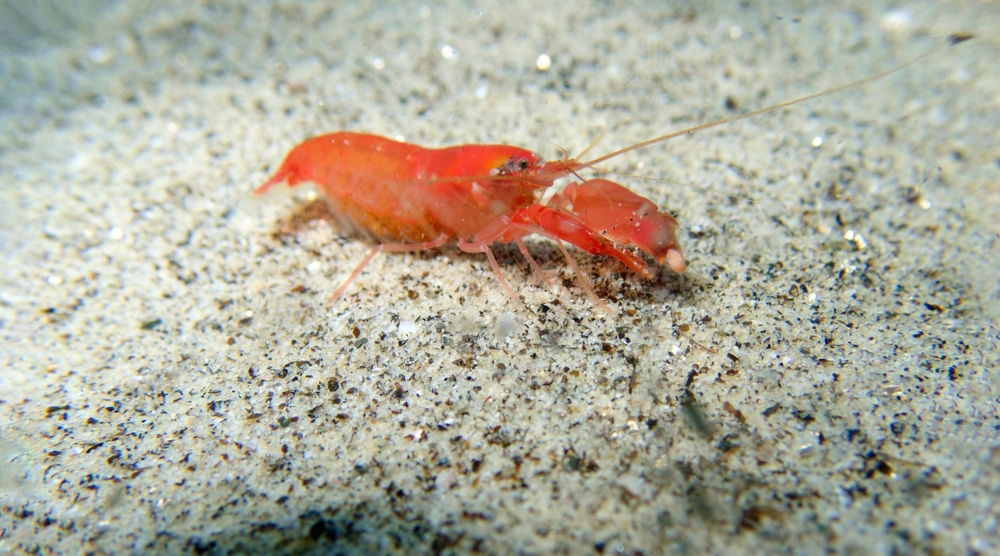
If you’re ever underwater and hear a loud crack that sounds like a gunshot, you might be near a Pistol Shrimp. This tiny crustacean is armed with a powerful weapon: its snapping claw. By rapidly closing its claw, the Pistol Shrimp creates a high-pressure cavitation bubble that collapses with a loud bang, reaching temperatures nearly as hot as the sun’s surface. This sonic boom stuns or even kills its prey, making the Pistol Shrimp one of the ocean’s most formidable hunters despite its small size.
The Pistol Shrimp’s snapping claw also serves as a communication tool, helping it establish territory and ward off rivals. Some species of Pistol Shrimp live symbiotically with goby fish, using their powerful claw for protection while the goby provides them with a burrow to live in. This fascinating partnership showcases the shrimp’s adaptability and evolutionary advantage. With its explosive claw and strategic alliances, the Pistol Shrimp proves that sometimes, it’s not the size that matters, but the strategy.
6. The Hairy Frog’s Wolverine Defense
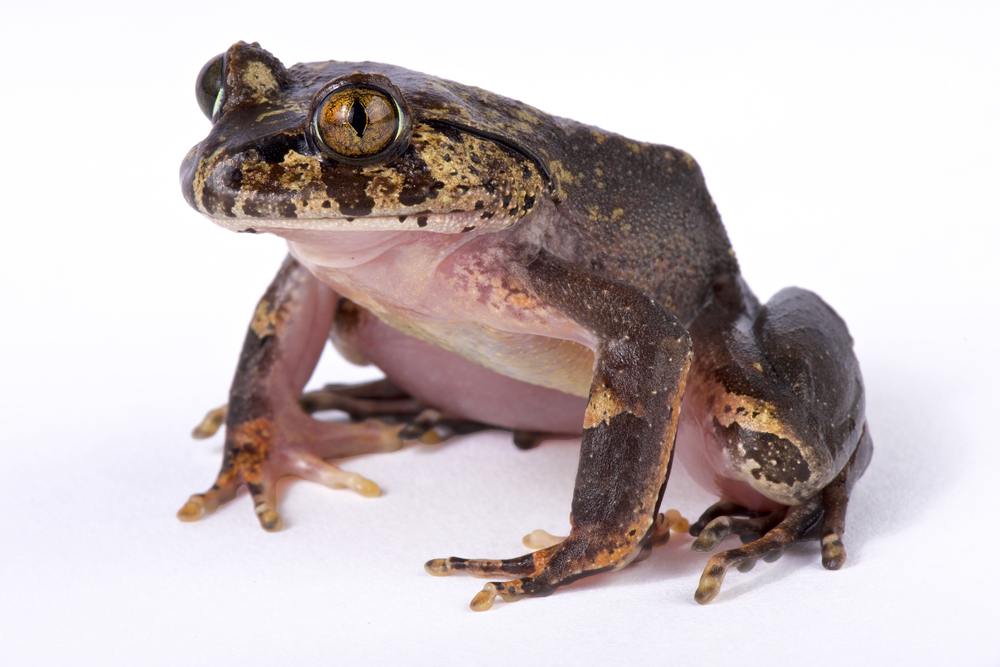
When danger approaches, the Hairy Frog, also known as the “Wolverine Frog,” doesn’t just hop away; it snaps its bones to produce claws that protrude through its skin. This gruesome adaptation is its defense mechanism, making it a real-life version of Marvel’s Wolverine. When threatened, the frog breaks the bones in its toes, forcing sharp bone fragments to pierce through the skin, ready to fight off predators. It’s a dramatic and painful strategy, but it seems to work for the Hairy Frog.
These frogs, native to Central Africa, have another oddity—their “hairy” appearance. During the breeding season, males develop hair-like structures along their sides and thighs, which increase surface area for oxygen absorption, crucial for guarding eggs in oxygen-poor water. This combination of bizarre defensive tactics and unique breeding adaptations makes the Hairy Frog a standout example of nature’s wild creativity. While snapping bones seems extreme, it’s just another day in the life of this fascinating amphibian.
7. The Transparent Glass Frog’s See-Through Skin
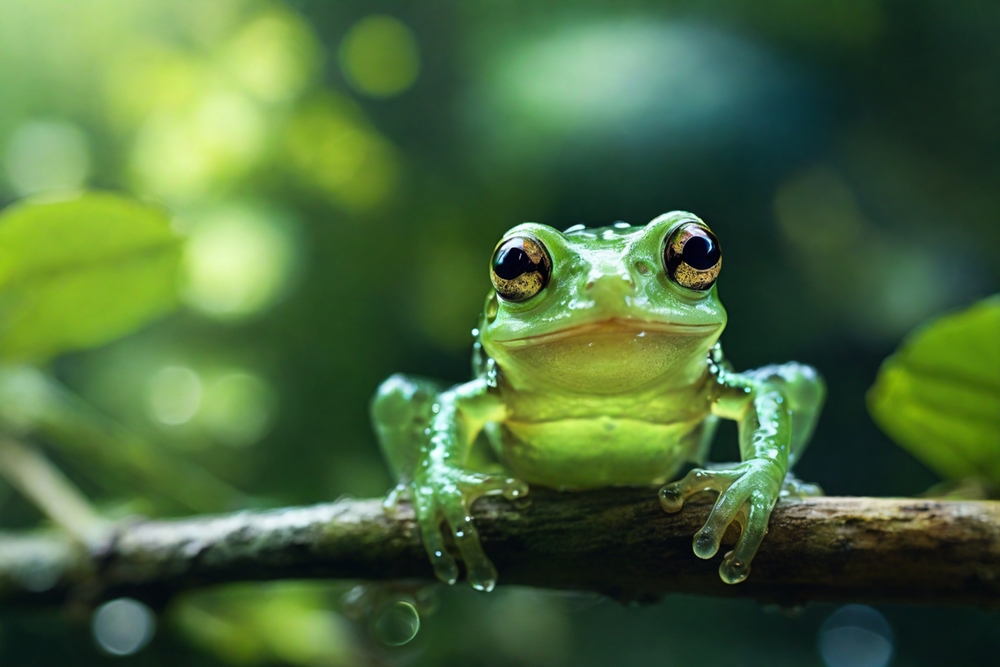
In the dense rainforests of Central and South America, the Glass Frog displays an astonishing feature—its translucent skin. This unique adaptation allows you to see the frog’s internal organs, including its heart and liver, as if looking through frosted glass. Predators find it challenging to spot the Glass Frog when it rests on leaves, as its transparent skin blends seamlessly with the greenery. This remarkable camouflage offers significant advantages in evading detection.
Beyond its see-through skin, the Glass Frog is known for its parental care, with males often guarding the eggs laid on leaves overhanging streams. This behavior ensures the eggs are protected from predators and have a safe journey into the water upon hatching. The Glass Frog’s combination of unique physical traits and caring behavior makes it a captivating species to observe. Whether it’s blending into the foliage or playing the role of a dedicated parent, the Glass Frog exemplifies the incredible diversity of adaptations in the animal kingdom.
8. The Desert’s Water-Harvesting Namib Desert Beetle
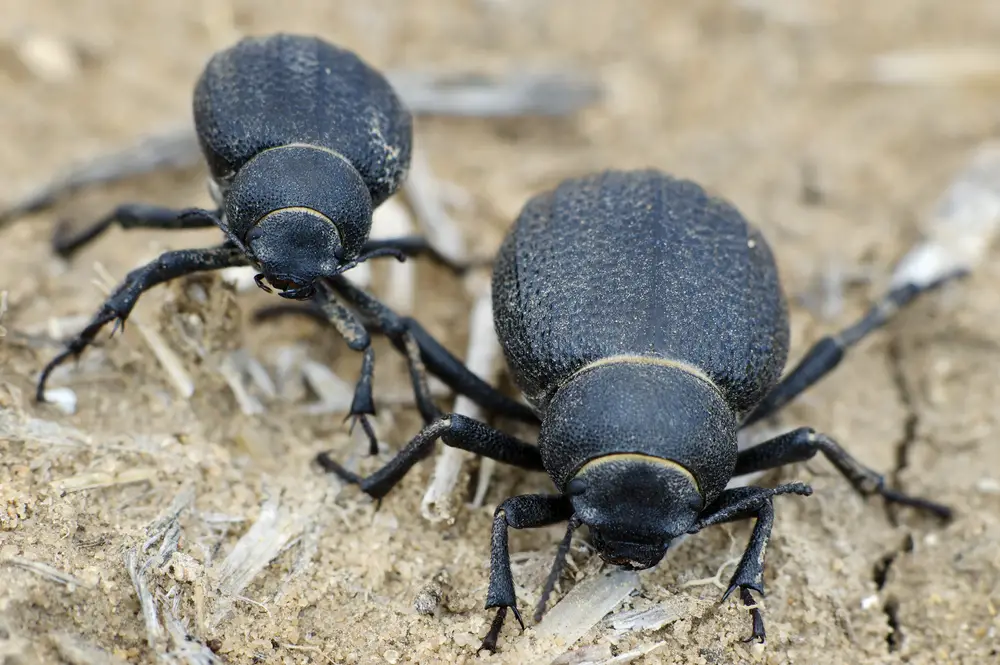
In the arid Namib Desert, where water is scarce, the Namib Desert Beetle showcases an ingenious adaptation for survival. This beetle collects water from fog by using its uniquely textured shell, which has hydrophilic bumps and hydrophobic troughs. During foggy mornings, the beetle climbs to the top of sand dunes and tilts its body, allowing water droplets to condense on its back and roll down into its mouth. This remarkable adaptation provides a vital source of hydration in one of the world’s driest environments.
The Namib Desert Beetle’s water-collecting strategy has inspired scientists and engineers to develop innovative water-harvesting technologies. By mimicking the beetle’s shell design, new materials are being created to collect water efficiently in arid regions, offering solutions to water scarcity issues. It’s incredible to think that a small beetle can have such a significant impact on technological advancements. This tiny insect teaches us that sometimes, nature’s adaptations hold the keys to addressing human challenges.
9. The Immortal Jellyfish’s Fountain of Youth
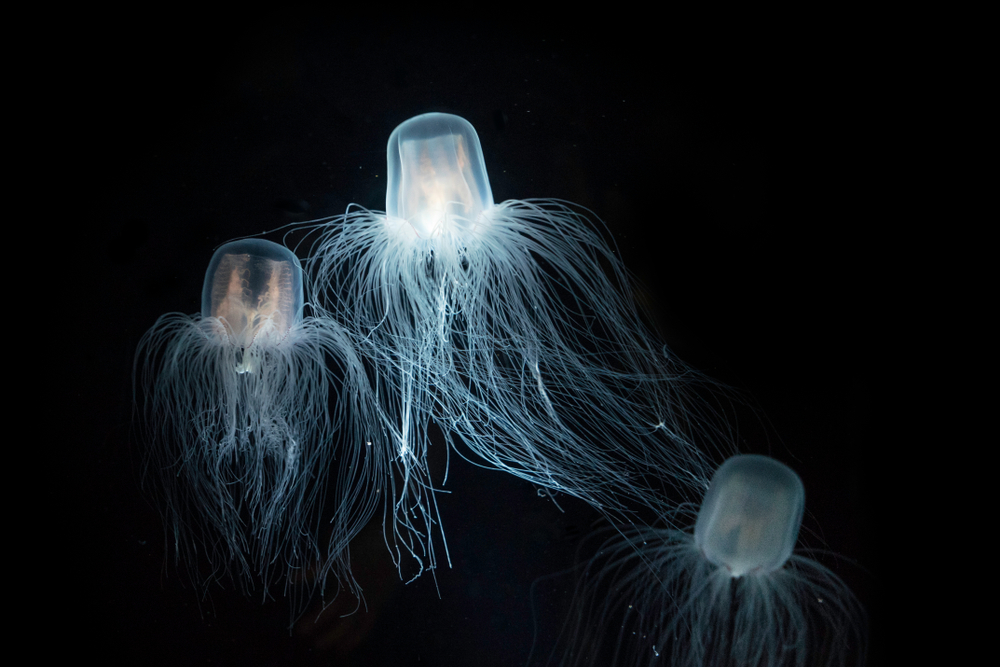
The Turritopsis dohrnii, often dubbed the “Immortal Jellyfish,” possesses the extraordinary ability to reverse its aging process. When faced with stress, injury, or old age, this jellyfish can revert its cells to an earlier developmental stage, essentially starting its life cycle anew. Through a process called transdifferentiation, it transforms its cells into other types, allowing it to regenerate and potentially live indefinitely. This cyclical adaptation grants the jellyfish its nickname and has drawn significant interest from researchers studying aging and immortality.
While the Immortal Jellyfish can theoretically live forever, it is not immune to disease or predation. In the wild, these jellyfish often fall victim to predators or environmental changes, limiting their lifespan despite their regenerative capabilities. Nonetheless, their unique life cycle remains one of the most fascinating examples of adaptation in the animal kingdom. As scientists continue to study this organism, it offers intriguing insights into cellular regeneration and the possibilities of prolonging life.
10. The Parasitic Cuckoo’s Sneaky Parenting
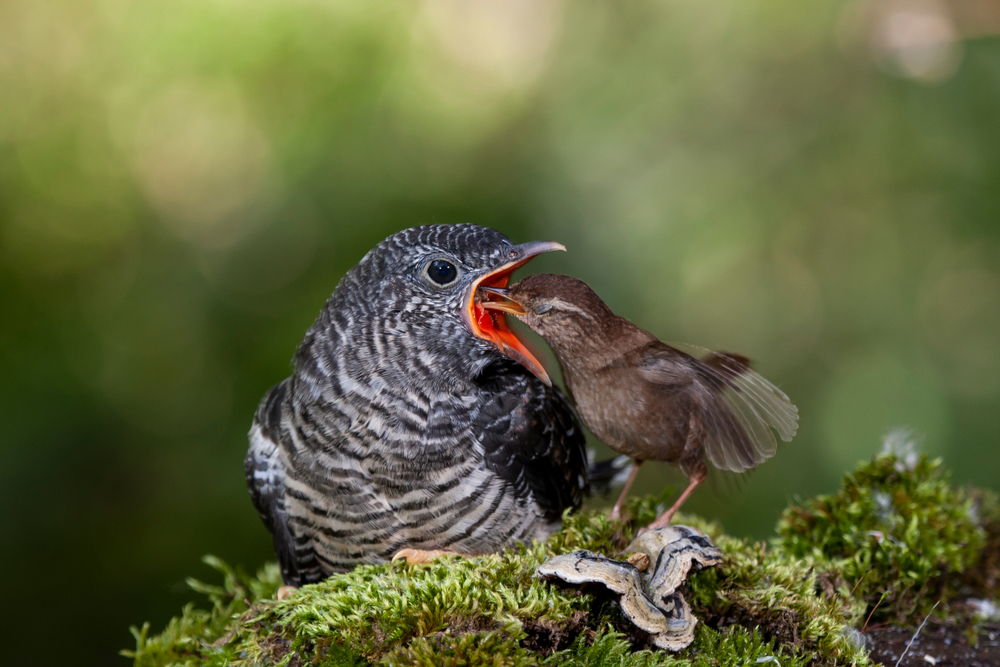
The Common Cuckoo employs a cunning reproductive strategy known as brood parasitism, where it lays its eggs in the nests of other bird species. The unsuspecting host birds then raise the cuckoo’s chicks as their own, often at the expense of their offspring. To ensure success, cuckoo eggs mimic the appearance of the host’s eggs, fooling the host into incubating them. Once hatched, the cuckoo chick may even push host eggs or chicks out of the nest to eliminate competition.
This sneaky strategy allows the cuckoo to forego parental duties entirely, dedicating its energy to producing more offspring. The host birds, meanwhile, are left with the challenge of raising a chick that grows faster and larger than their own. Despite the apparent cruelty, this adaptation is a successful evolutionary strategy for the cuckoo. It highlights the complex interactions and survival tactics within ecosystems, where even the most unusual behaviors can ensure the continuation of a species.
